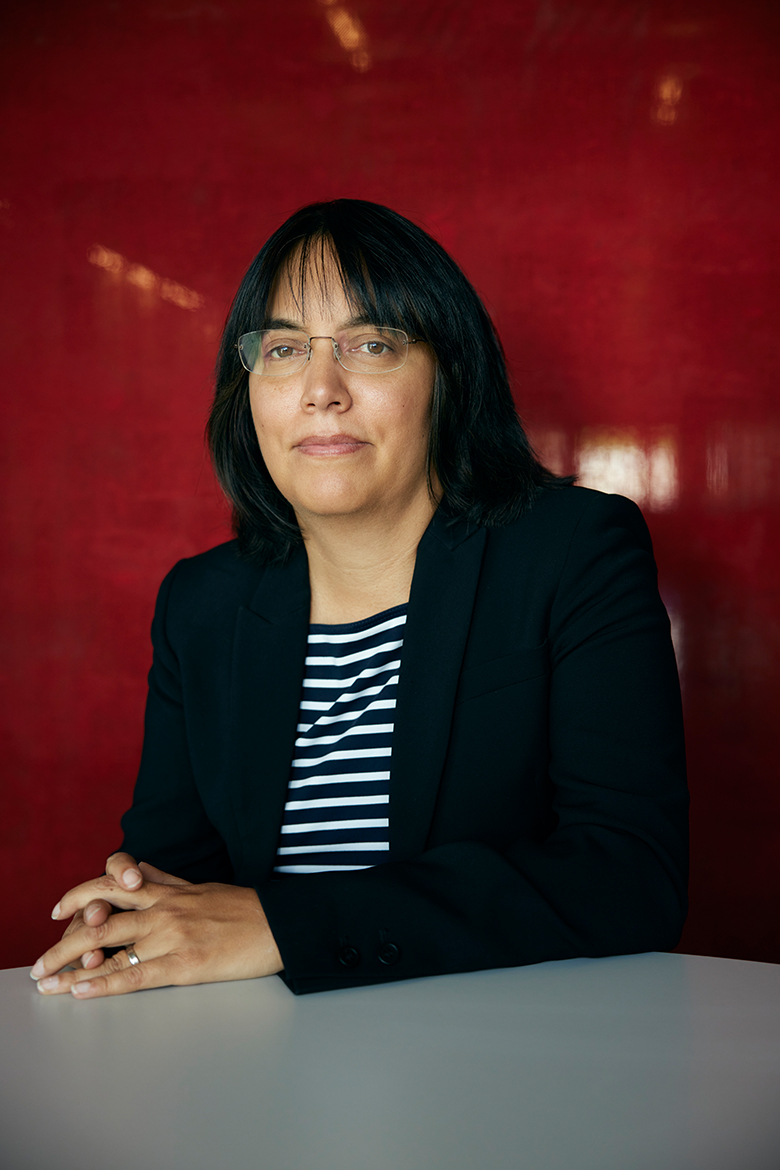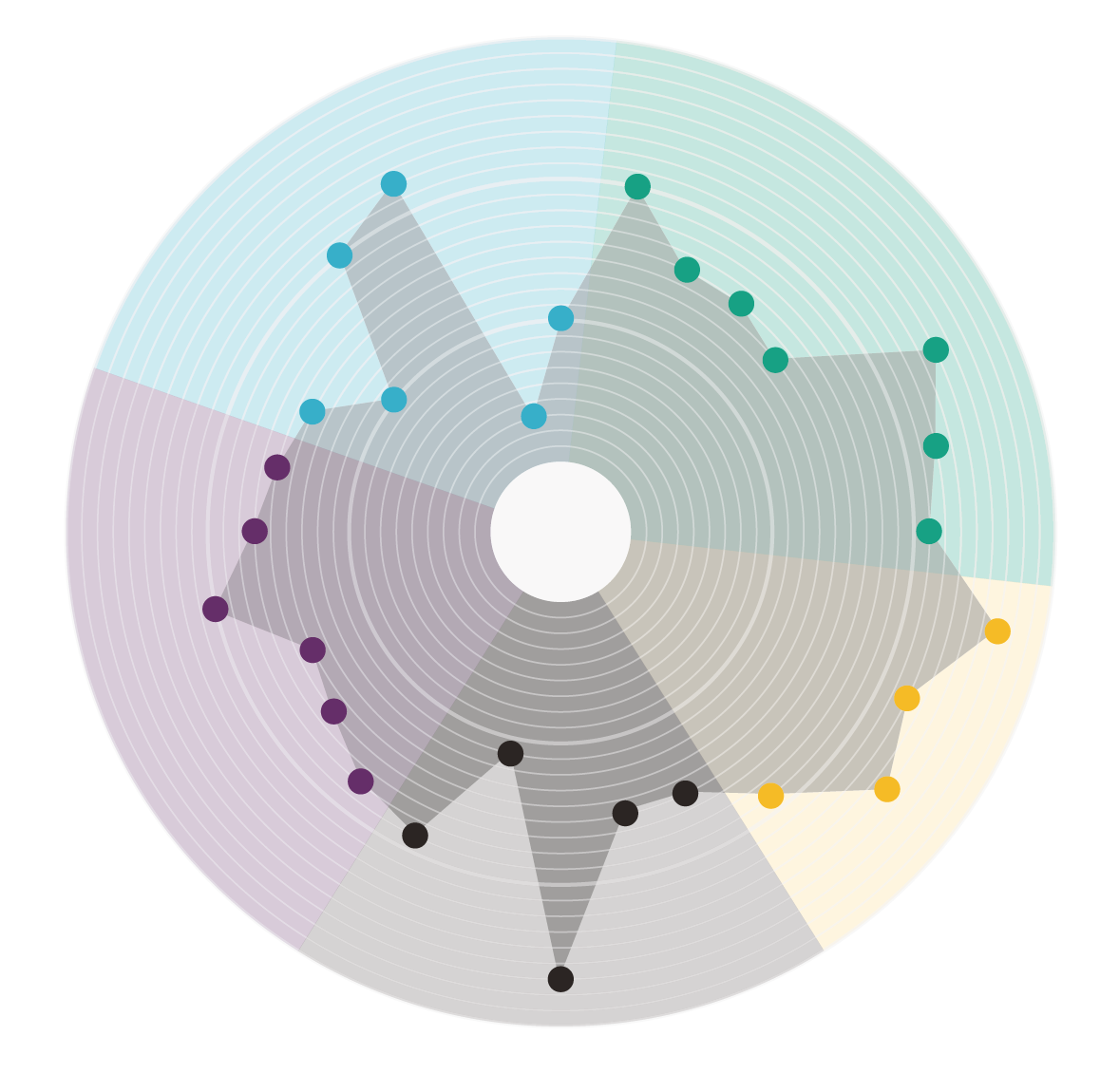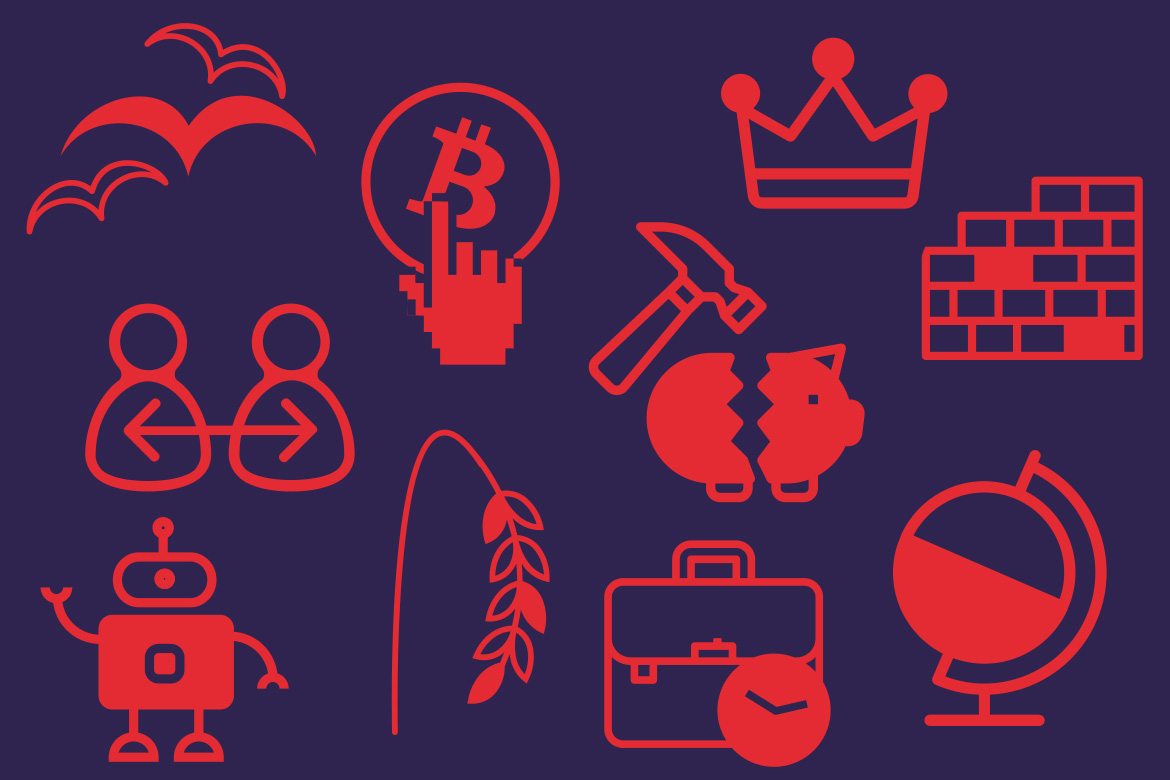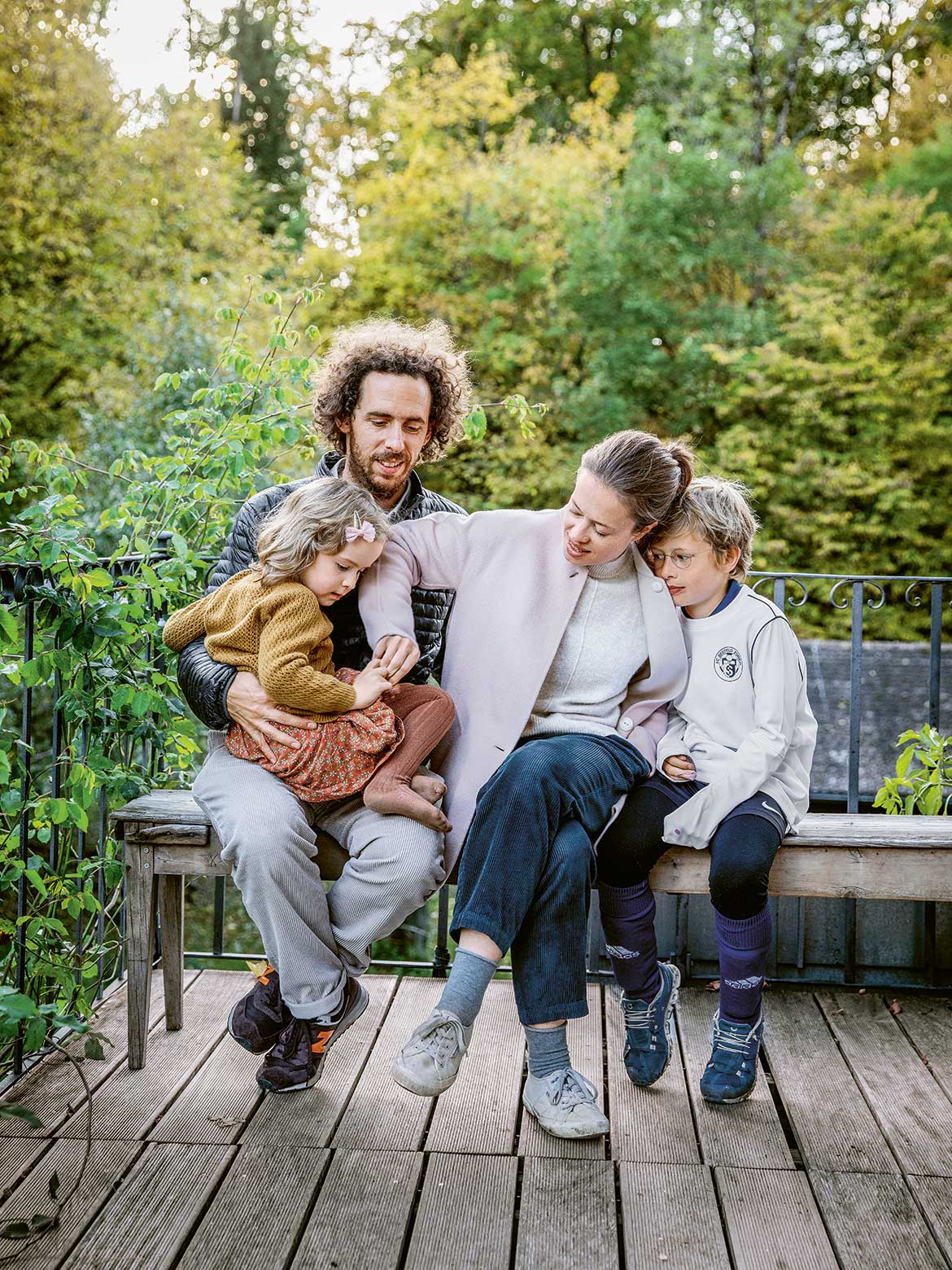CLIMATE DISASTER
“The scale of the challenge still hasn’t sunk in with most people”
The climate scientist Sonia Seneviratne says: “We are heading for a three-degree world, even though we know that even two degrees of warming is far too much”.

The situation is serious, and we have to act. The climate scientist Sonia Seneviratne is a vehement advocate of phasing out fossil fuels. | Image: Maurice Haas
Sonia Seneviratne, you’ve spent three years reading hundreds of scientific studies, summarising them, and working through over 5,000 comments – all on behalf of the Intergovernmental Panel on Climate Change, the IPCC. Much of this work was unpaid and done in your spare time. What motivated you to take on this mammoth task?
I wanted to do something useful for society. It is incredibly important and urgent to summarise the state of research on the climate crisis. What’s more, an in-depth examination of the current literature in my field – climate extremes – is naturally inspiring for my own research. You broaden your horizons, and realise what questions haven’t yet been answered fully. Even if all this work for the IPCC means I have almost no time left to write my own papers (laughs).
What research questions have so far been answered insufficiently?
The areas in which I see both uncertainty and a need for research include tipping points and tipping elements. For example, the drying out of the Amazon rainforest, and the concomitant effects on the carbon cycle. That worries me a lot. There have been several recent droughts in the Amazon region, and at the same time a lot of forest has been cleared. Our group’s research has shown a strong correlation between drought and an increase in carbon dioxide levels in the atmosphere. This is because the vegetation suffers under aridity, and is less able to absorb carbon dioxide. Sometimes it even emits it, when fires occur. A devastating feedback effect could come about: When it’s drier, fewer trees grow, so the forest can’t absorb as much CO2, which means the temperature increases further, more trees die – and it becomes a vicious circle.
In recent years, the two-degree target has been on everyone’s lips. But current calculations show that two degrees is too much, and that we should be doing everything possible to reduce global warming to 1.5 degrees. Why does half a degree matter so much?
People are already dying because of climate extremes. We saw this last summer. We can’t even be sure that 1.5 degrees of warming will be safe – but it’s the best we can do. At two degrees, however, there is far more irreversible damage. Three times as many insect species would lose half their habitat. In the case of vertebrates and plants, it would be twice as many. And it’s actually already too late for the coral reefs. If we manage to stop warming at 1.5 degrees, between 70 and 90 percent of the coral will die; at two degrees it will be more than 99 percent. They would be lost for good.
Last summer will go down in history as a disaster. In the West in particular, millions of people were personally affected by the climate crisis for the first-ever time. Were you surprised?
No. Events were consistent with the predictions made by our models. What surprised me more was how badly adapted we still are to the climate crisis. Many people died in these extreme climate events without us being able to do anything about it. The heatwave in Canada, then the floods in Germany – we are now seeing just how far-reaching the effects can be, even for developed countries. And this is already happening with global warming at just 1.2 degrees Celsius, compared to pre-industrial times.
What are the most urgent measures we could take to prevent the worst damage?
We have to adapt, regardless. Our first step has to be to turn away from fossil fuels. We have to phase out the consumption of coal, oil and gas. Politicians are still trying to tackle the climate crisis in small steps. We have agreed on climate targets in Switzerland, but I still don’t see any consistent action, unlike in the EU. Almost every country is falling far short of the climate targets in the Paris Agreement. At the moment, we are heading towards a three-degree world, even though we know that even two degrees is already far too much.
In 2020, global carbon dioxide emissions fell by seven percent because people travelled less during the worldwide lockdowns. Does this offer us a ray of hope?
What many people don’t understand is that carbon dioxide accumulates in the atmosphere. It stays there for hundreds and thousands of years. The curve that shows the concentration of carbon dioxide in the atmosphere is only pointing in one direction: upwards. The pandemic-related decrease is not even visible on the curve. If we are to reach the 1.5-degree target, we will have to reduce CO2 emissions by an additional five percent each year – that means 12 percent this year, 17 percent next year, and so on. Only then would we be on track. Instead, emissions are increasing again. The scale of the challenge still hasn’t sunk in with most people.
You are calling for emissions to be halved by 2030 and, as a bottom line, no more emissions at all between 2040 and 2050. How can such a huge change succeed?
Through the energy transformation. And Switzerland could use its important role in the financial markets to this end. There are initial, sluggish efforts to reduce investments in fossil fuel companies. We know today that these sectors have no future. So it would also be economically wise to cease investing in them. If the Swiss National Bank were to withdraw its money from oil and coal companies, that would be an important signal.
You have appeared as a witness in defence of climate activists who protested in a branch of the bank Credit Suisse about its investments in coal and oil. You also spoke out publicly in favour of the ‘Glacier Initiative’. As a climate activist, do you feel you have to get involved with these cases?
The climate movement among young people has scientific foundations, so I can only support that. One of the core messages of the ‘Fridays for Future’ is: “Listen to the scientists”. This is justified, because we have something to say, namely: The situation is serious, and we have to act. This is the message that I want to spread, because you often find unscientific arguments in politics. There are disinformation campaigns, and many lies are circulating. It’s my responsibility as a scientist to work against this.
What issues are you and your research group working on at present?
Many scenarios for reducing carbon dioxide are based on reforestation and bioenergy. But the models used for this only take average climate changes into account. They don’t encompass climate extremes. And yet forests are also affected by these increasingly frequent extreme events. For example, the question arises as to whether those areas included in the scenarios for reforestation will actually be available to that end in future. So these scenarios are quite possibly too optimistic. That is why our group is working on a regional climate emulator for existing climate models. This will allow calculations for specific regions to be presented quicker and in a simplified way, and will also take climate extremes into consideration. Feedback loops could then also be fed into the model scenarios much more efficiently.
Will you be working on the next IPCC report?
(Laughs) If nothing happens now, if no action is taken, and if emissions are not reduced – no, I won’t. I want the IPCC process to have an impact. Decision-makers asked us to write these reports for them. But if they don’t read them and do nothing with them, then I shall lose faith in the process. Then there’s no point.




